Copyright © lizziepop
Disclaimer: Psilocybin is a largely illegal substance, and we do not encourage or condone its use where it is against the law. However, we accept that illicit drug use occurs and believe that offering responsible harm reduction information is imperative to keeping people safe. For that reason, this document is designed to enhance the safety of those who decide to use these substances. You can learn more about the legality of Psilocybin cubensis mushrooms here.
Psilocybin mushrooms or “magic mushrooms” are fungi containing the psychedelic compounds psilocybin and psilocin. They were first popularized in the 1970s by the McKenna brothers, who later authored Psilocybin: Magic Mushroom Grower’s Guide. In the last five decades, mycologists have discovered more than 180 different species of psilocybin mushrooms, many of them members of the genus Psilocybe, and many different methods for growing them have been developed.
Over the years, the species Psilocybe cubensis (P. cubensis) has become dominant among indoor psilocybin mushroom growers. P. cubensis is easy to grow and produces bountiful yields. However, many Psilocybe species are cherished by growers with distinct growing requirements. One species that has been making waves among growers is Psilocybe natalensis, also known as “Natal Super Strength” mushrooms.
What Are Psilocybe natalensis Mushrooms?
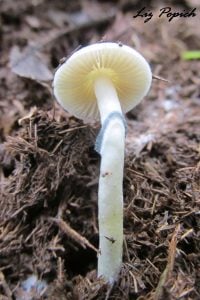
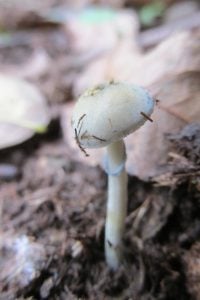
The Psilocybe natalensis species was described taxonomically in 1995 by Jochen Gartz, Michael Smith, Derek Reid, and Albert Eicker, with this corroborated by genetic sequencing conducted by mycologist Alan Rockefeller. A closely related sister species to Psilocybe cubensis, it is native to pastures in the Natal region of South Africa. The species is known as “Natal Super Strength” due to its high potency.
P. natalensis mushrooms are hygrophanous, meaning their brown pileus (caps) can turn white. They belong to the Hymenogastraceae family and contain high psilocybin, psilocin, and baeocystin levels in their bluing fruit bodies. Psilocybin, psilocin, and baeocystin are naturally occurring psychoactive, hallucinogenic compounds known as alkaloids.
P. natalensis mushrooms have garnered attention among growers for a few reasons:
1. Psilocybe natalensis are similar to Psilocybe cubensis
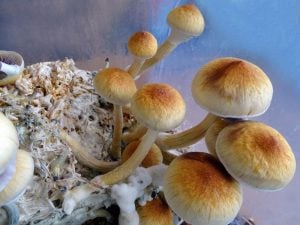
Psilocybe cubensis magic mushrooms
DNA sequences of P. cubensis reveal that it is closely related to P. natalensis. Similarly, the alkaloidal concentration in P. natalensis is close to the amounts in P. cubensis. P. natalensis can be grown the same way as cubensis, using the same techniques and substrates.
2. Psilocybe natalensis are more resilient to molds than P. cubensis
P. natalensis is very vigorous and highly resistant to disease and contamination. This species has more aggressive mycelium than P. cubensis, meaning it is much better able to actively outcompete molds and resist contamination. While P. cubensis is a tenacious and forgiving species, molds can rapidly spell doom to a fruiting flush of the fungus. A more resilient and contamination-resistant species like P. natalensis could be a boon for the beginner grower.
3. Psilocybe natalensis are more potent than Psilocybe cubensis
The overall consensus is that P. natalensis tends to be more potent than P. cubensis. While the potency of all psilocybin mushrooms is highly variable, several estimates converge on natal super-strength mushrooms being 1.5 – 2x more potent on average than P. cubensis.
4. People enjoy the Psilocybe natalensis experience more than P. cubensis species
People consistently describe qualitative differences in effects between the species. Based on anecdotal experiences, the effects of P. natalensis are frequently described as having little or no body load, a smoother transitional coming up period, and yielding a clearer headspace than P. cubensis.
Psilonauts also say P. natalensis mushrooms tend to be friendlier, and more uplifting, positive and euphoric than P. cubensis, and some people report experiencing superior visuals in comparison to P. cubensis.
Grow 1 Year's Worth of Microdoses in Just 6 Weeks
Third Wave partnered with top mycologists to create the world’s easiest and best mushroom growing program (kit, course, and expert support).
- Pre-sterilized and sealed
(ready to use out of the box) - Step-by-step video and text course
- Access to growing expert in community
- Make your first harvest in 4-6 weeks
- Average yield is 1 - 4 ounces (28-108g)
- Fits in a drawer or closet
- Enter info for Third Wave discounts:
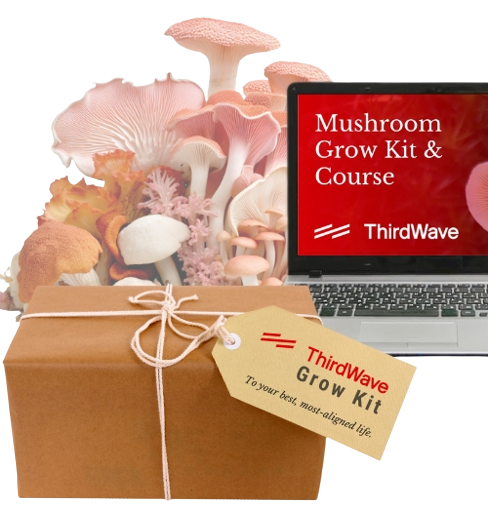
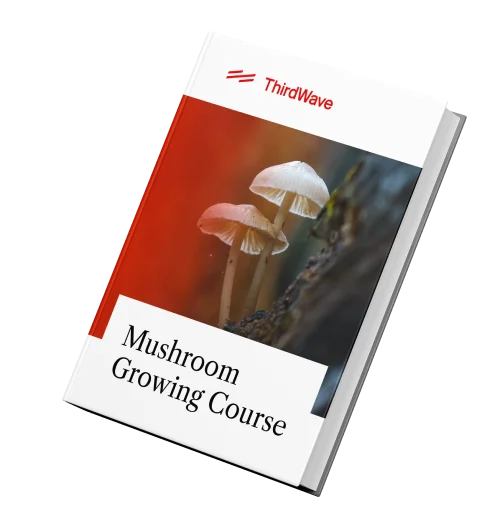
Grow 1 Year's Worth of Microdoses in Just 6 Weeks
Third Wave partnered with top mycologists to create the world’s easiest and best mushroom growing program (kit, course, and expert support).
- Pre-sterilized and sealed
(ready to use out of the box) - Step-by-step video and text course
- Access to experts in community
- Make your first harvest in 4-6 weeks
- Average yield is 1 - 4 ounces (28-108g)
- Fits in a drawer or closet
- Enter info for Third Wave discounts
Psilocybe natalensis History
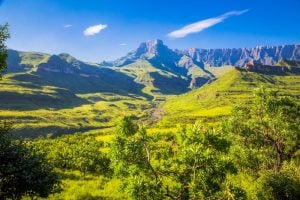
P. natalensis mushrooms were discovered in South Africa in the Natal region where they often grow in a xerophytic, dry habitat. They were first discovered in 1995 by scientists Jochen Gartz, Michael Smith, Derek Reid, and Albert Eicker and are known for their strong bluing feature and high potency.
Due to the lack of research and evidence, details on how this unique South African mushroom species may have been used on the continent are yet to be known. However, researchers found murals in Tassili caves in the south of Algeria, known to be the oldest prehistoric evidence for psychotropic mushrooms. These figures are thought to resemble African mushroom species, including P. cubensis and P. natalensis.
Effects of Natal Super Strength
The effects of psilocybin-containing mushrooms depend on many factors, such as dose, set and setting, preparation, and consumption methods. Therefore it is hard to tell what effects are specific to which species.
However, Psilocybe natalensis tends to be a revered species among those who have grown and sampled it. Those who have experienced P. natalensis share the following sentiments:
“I can only compare them to APE [P. cubensis], and I prefer these. You could say they’re about equal in strength, but they give me a different level of the trip. If cubes are 3D, natalensis are 4D.”
“After natalensis, I’ll rarely touch a cubensis again save for microdosing.”
“I tend to be happier on nats. They seem less edgy to me than cubensis.”
Additionally, a thread on Shroomery.org documented people’s experiences cultivating and sampling the species. Some growers mused:
“I wouldn’t be surprised if natalensis becomes the most common cultivated species within the next 5-10 years; lots of cloning/isolates needed to dial in specific phenos, but yeah, IMHO it’s far superior.”
“Natalensis is as easy to grow as cubensis but stronger and seems to be a happier experience for most.”
The Benefits Of Psilocybe natalensis
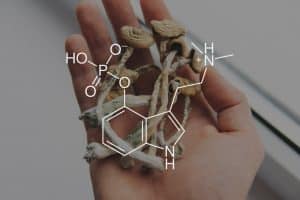
We’ve only just scratched the surface when it comes to profiling the chemical constituents of psilocybin-producing mushrooms, as evidenced by the recent detection of beta-carboline compounds in trace amounts and the recently discovered presence of various alkaloids such as baeocystin, norbaeocystin, and aeruginascin. .
One study concluded that the “varied cocktail of tryptamines (serotonergic hallucinogens) in wild mushrooms could influence the medicinal effect.” Another fresh-off-the-presses research study stated that the “P. cubensis metabolome possibly contains thousands of uncharacterized compounds, at least some of which may be bioactive,” and that “our understanding of the chemical diversity of these mushrooms is largely incomplete.”
Still, Psilocybe natalensis has been profiled with a range of secondary compounds found that demonstrated antioxidant and anti-inflammatory properties.
In another study, human macrophage cells were treated with magic mushroom water extracts in vitro. Four mushroom species (Panaeolus cyanescens, Psilocybe natalensis, Psilocybe cubensis, and Psilocybe cubensis A+ species) showed anti-inflammatory effects on proinflammatory agents.
There are no studies directly researching the therapeutic use of Psilocybe natalensis, but their anti-inflammatory effects might be helpful in some cases, such as for treatment of chronic inflammation. P. natalensis can repress the activity of cytokine proteins that initiate immune responses, such as tumor necrosis factor (TNF-α).
Is P. natalensis the New P. cubensis?
In light of this limited information, it may be hasty to dismiss P. cubensis. The overall consensus view shared by experienced psilonauts and indigenous groups that have sampled different mushrooms is that mushrooms consistently vary in qualities. These percieved differences have been reported over a vast range of domestic and wild samples, so it might be better to be informed through direct experience. As one psilonaut put it:
“I was amazed how different the trip from each species is after just thinking – it’s all psilocybin.”
Given its forgiving and vigorous nature and cherished qualities, P. natalensis may be ripe for further cloning and isolation work to dial in specific phenotypes. In this way, it will likely take various future forms, much like P. cubensis. Undoubtedly, P. natalensis is a species worthy of much more attention.
FAQ
Is Psilocybe natalensis legal?
Psilocybin-containing mushrooms are illegal to cultivate and consume in the U.S. In most countries, psilocybin is listed as a Schedule I drug with no accepted medical use.
There are some countries where psilocybin is legal, such as the Netherlands (truffles), Brazil, the British Virgin Islands, and Jamaica.
If you want to join a psilocybin retreat, Third Wave’s psychedelic provider directory provides access to thoroughly vetted legal psilocybin retreats.
Learn more about the legality of psilocybin mushrooms here.
How do I grow Psilocybe natalensis?
Considering the legal status of psilocybin mushrooms, we cannot give directions on how to grow them. However, we created a mushroom growing guide and mushroom grow kit to ensure safety if you decide to grow mushrooms. Alternatively, you may explore our guide for legally sourcing psychedelic medicines worldwide.
Always be mindful of the legal issues concerning growing and cultivating magic mushrooms.
Can I microdose Psilocybe natalensis?
If you are new to psychedelics, microdosing P. natalensis might not be a better option for you since the mushroom is more potent than other species. Burgeoning research points to the benefits of microdosing psilocybin-containing mushrooms for mental health and creativity.
Learn more about microdosing by reading our comprehensive microdosing guide.
Curious about psychedelics but don’t know where to find them?
Get Third Wave’s Ultimate Guide to Safely Sourcing Psychedelics. It’s 80 pages of how to find the right psychedelic for your journey.
From little known websites to garden stores to legal loopholes, psychedelics are more accessible than ever.
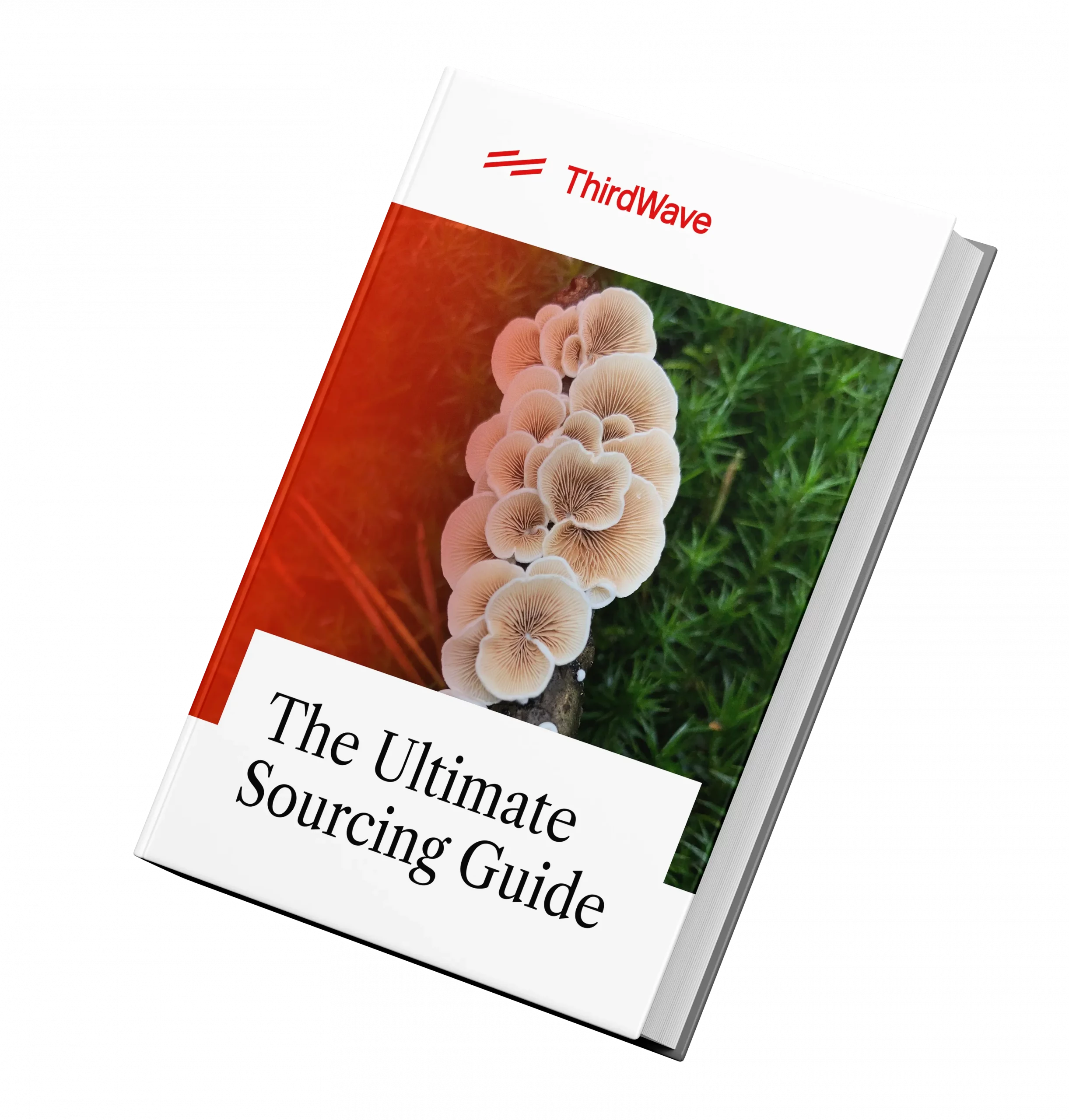
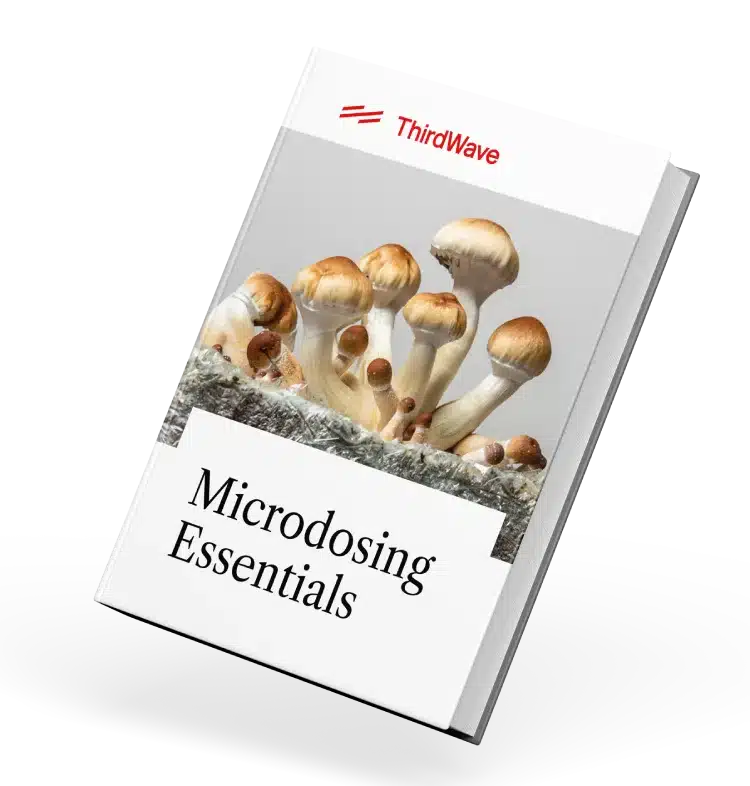
Curious about psychedelics but don’t know where to find them?
Get Third Wave’s Ultimate Guide to Safely Sourcing Psychedelics. It’s 80 pages of how to find the right psychedelic for your journey.
From little known websites to garden stores to legal loopholes, psychedelics are more accessible than ever.
References
Froese, T., Guzmán, G., & Guzmán-Dávalos, L. (2016). The origin of the genus Psilocybe and its potential ritual use in Ancient Africa and Europe. Economic Botany, 70(2), 103-114. https://www.jstor.org/stable/24825358
Guzmán G, Allen JW, Gartz J (1998). A worldwide geographical distribution of the neurotropic fungi, an analysis, and discussion. Annali del Museo Civico di Rovereto. 14: 198–280. http://www.museocivico.rovereto.tn.it/UploadDocs/104_art09-Guzman%20&%20C.pdf
Gartz J, Red DA, Smith MT, Eicker A (1995). Psilocybe, natalensis sp. nov.—The first indigenous bluing member of the Agaricales of South Africa. Integration: The Journal of Mind Moving Plants and Culture. 6: 29–32.
Nkadimeng, S. M., Steinmann, C. M., & Eloff, J. N. (2021). Anti-inflammatory effects of four psilocybin-containing magic mushroom water extract in vitro on 15-lipoxygenase activity and lipopolysaccharide-induced cyclooxygenase-2 and inflammatory cytokines in human U937 macrophage cells. Journal of Inflammation Research, 14, 3729. https://pubmed.ncbi.nlm.nih.gov/34385833/
Nkadimeng, S. M., Nabatanzi, A., Steinmann, C. M., & Eloff, J. N. (2020). Phytochemical, cytotoxicity, antioxidant and anti-inflammatory effects of psilocybe natalensis magic mushroom. Plants, 9(9), 1127. https://pubmed.ncbi.nlm.nih.gov/32878164/

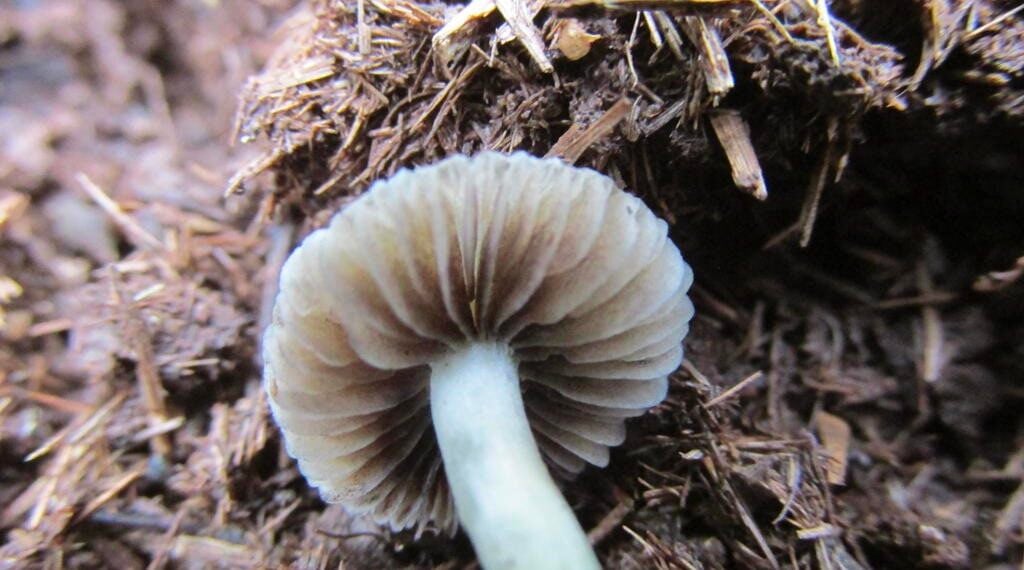
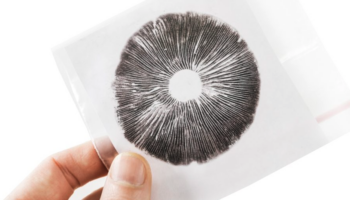

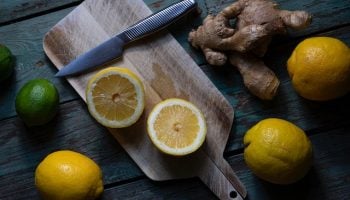



I’m 100% of psych meds a month now. Experimented before with golden teachers. Results was amaizing.
Very exited to start growing and learn more on this S.A natalensis mushroom.
Step by step beginner guidance required.
If you can guide me as to what dose is appropriate for microdosing and how many times per day as I was on mood stabilizers for bipolar and anxiety meds as well as sleeping meds. My diagnosis is Bipolar mood disorder, General anxiety disorder and complex PTSD. Looking forward to this new journey.
Thank you in advance
Hi Juanita – Congratulations on your accomplishment. We are excited for your mushroom journey. We have many resources that are helpful including a Microdosing Course, Paul’s microdosing book, a Personalized Psychedelic Coaching Program and a vibrant community where you can connect with likeminded people. Please reach out to me directly if you have questions. https://thethirdwave.co/sp/microdosing-course/ https://community.thethirdwave.co/members https://psychedeliccoaching.institute/
Hi there, you have taken time to input information in to this blog and i I’m glad to have seen so much which actually makes a lot of meaning. Over the years magic mushroom has greatly increased in number and with time to come more species will be discovered. This is because right at this moment typing this comment i know of young growers with a lot of enthusiasts seeking to grow magic mushroom. in the nearest future things will certainly not be the same as now in the domain of magic mushroom. Thanks for sharing your knowledge and i hope to see more.
Psilocybe natalensis, a lesser-known member of the psychedelic mushroom family, holds secrets waiting to be uncovered. Native to certain regions of South Africa, these mushrooms have piqued the interest of enthusiasts and researchers alike. Nice writeup you got here.
Well, I was just gifted a spore print of Natalensis, and I’m excited about checking this one out.
I have a few cons about cubensis, so this may address those issues.
I live in South Africa.
Where can I source P. Natalensis spore?